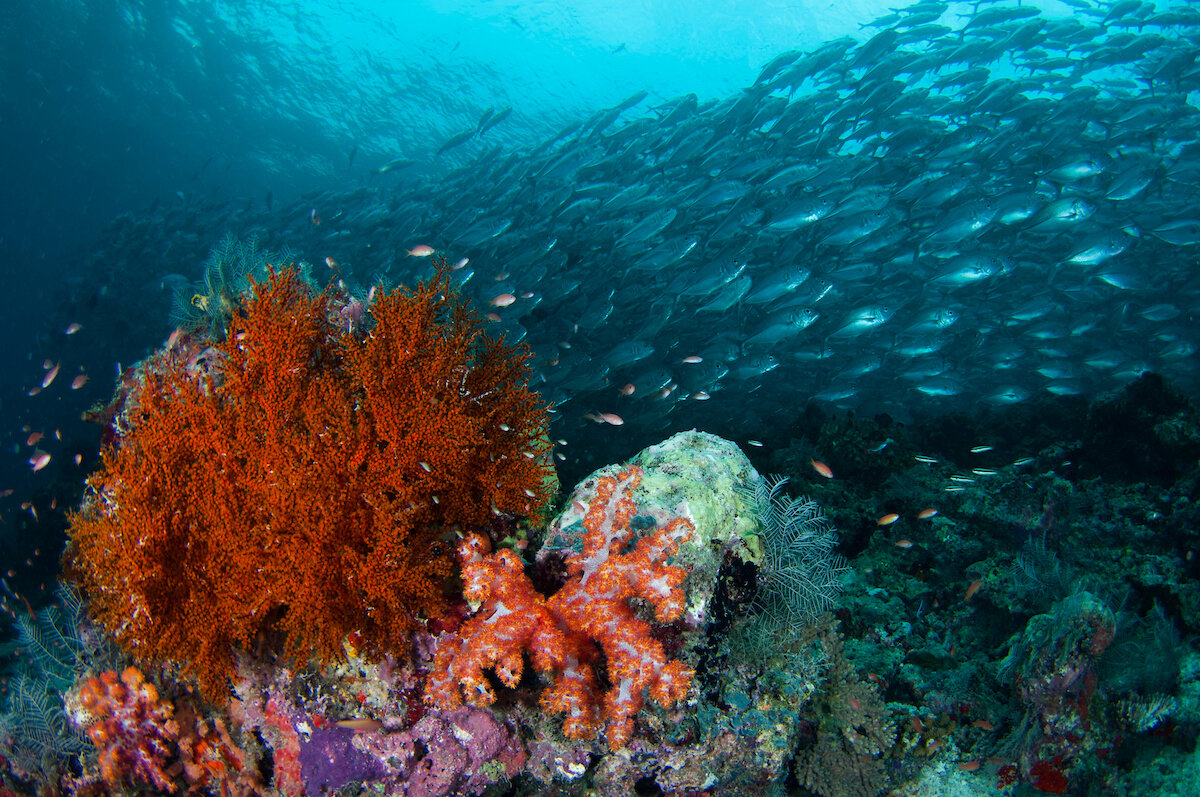
Initial Work around using technology to detect fish bombs began in 2003 with the research of George Woodman and Simon Wilson. They published two papers (Paper 1 - Paper 2) showing that the sound of fish bombs travels long distances under water, and that it is easily distinguishable from other underwater sounds. They speculated that using multiple sensors could produce accurate and timely locations of bombs that could lead to interdiction and enforcement of the anti-fish bombing laws that were then already in place.
In 2012, a founding member of the Board of Directors of SoundThinking™ recognized that the technology issues associated with Woodman and Wilson’s dream of real-time detection had already been solved by the urban gunfire detection system that SoundThinking™ employs worldwide. Conversations around the idea of replacing the SoundThinking™ sensor’s microphones with hydrophones led to the hypothesis that the system would work with minimal modification, by simply adjusting the speed of sound from air to water.
Tests performed in 2015 affirmed this hypothesis, and the successful results of these tests were published in the Marine Pollution Bulletin in 2018. Subsequently, thanks to a generous donation in 2019, two operational arrays have been deployed in Sabah, Malaysia. The systems are working, they have detected bombs, and they have led to interdiction by law enforcement.
The vision of Woodman and Wilson has become real.


